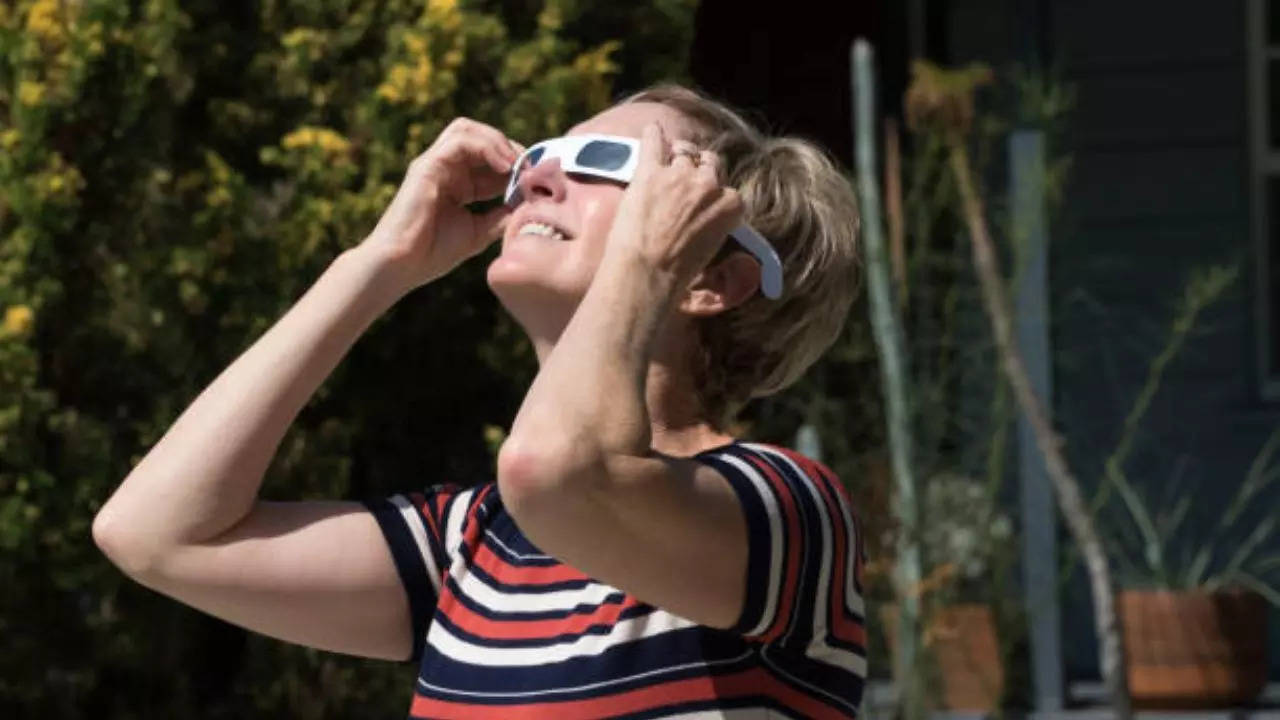The annular eclipse which is expected today occurs when the Moon is far from the Earth and size is too small to completely cover the Sun, said Nasa.
Likewise, a total eclipse is expected on April 8, 2024 when the Moon would be close to the Earth and its larger size would completely cover the Sun.
One way to participate in Nasa science is experiencing the eclipse.
Nasa, in a release, provided multiple ways one can be a part of this science spectacle, depending upon various types of technologies one possesses – laptops, phones, telescopes.
It also said that there are a myriad ‘citizen science projects’ one can participate in that relate ‘to the Sun’s corona and the effects of the Moon’s shadow on Earth’s upper atmosphere.’
Here are some tips to experience the eclipse:
Put on those ‘
Nasa strictly warns against looking at the Sun directly during an annular or partial eclipse. It suggests wearing solar viewing glasses or “eclipse glasses” or a safe handheld solar viewer at all times.
Do NOT look at the Sun through a camera lens:
Looking through a telescope, binoculars, camera lens or any other optical device while wearing eclipse glasses or using a handheld solar viewer is not advisable. According to Nasa, this might cause serious eye injury.
Indirect viewing method:
This involves experiencing the eclipse without looking at the sun directly. It includes using a pinhole projector with a hole that projects the image of the sun on a nearby surface. It is strictly not advisable to look through the pinole at the sun.
DIY eclipse projector:
Nasa has provided steps to make an eclipse projector on your own with a cardboard box, a white sheet of paper, tape, scissors, and aluminum foil. With the Sun behind, sunlight will stream through a pinhole punched into aluminum foil taped over a hole in one side of the box.
Nasa also suggests wearing sunscreen, a hat, and protective clothing to avoid skin damage during the eclipse.
